What are metal sheets and where are they used?

Sheet metal is a type of ferrous steel used for cutting into strips and sheets of smaller dimensions. Along with angular, round and square, it is one of the main types of metal blanks used in construction and renovation.
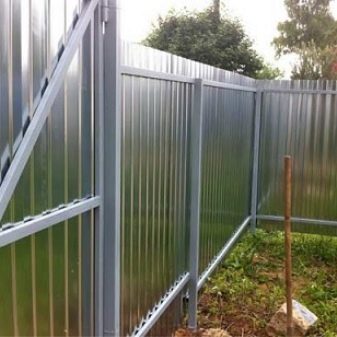
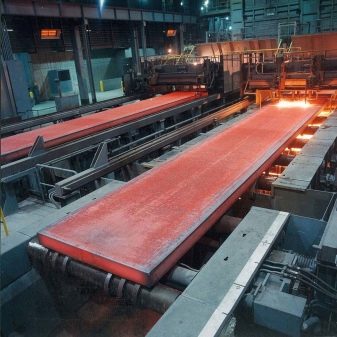
Views
The metal sheet is sorted (classified) according to the types and varieties of its performance, accuracy class, degree of smoothness, profile drawing, according to which a large number of identical blanks are manufactured. Metal sheet is a universal concept: it includes aluminum, copper and steel sheet products. Sheet metal, along with angular, tee, rail, round and square, includes an assortment by wavelength (in the case of corrugated), thickness (thin and thick sheets). For manufacturing, I use both ordinary black steel St0 or St3, as well as higher quality ones - for example, grades of steel alloys like 09G2S with the ability to withstand temperatures even in Martian (about -110 Celsius) conditions without a significant rise in the brittleness index (cold brittleness).
Thin sheet steel is produced in the form of rough sheets for the main finish, having a rough, with errors, class of rolled productsand in the form of thoroughly rolled sheet blanks with an almost constant thickness, the small value of the change in thickness of which can be neglected even during finishing. Smooth sheets are produced painted, including corrugated, as well as galvanized (without a layer of primer and finishing paint). Mesh sheets are produced both in the form of the smallest galvanized mesh, and in the form of perforated sheets - in a conventional sheet metal blank, holes are drilled with the same indent between individual ones, or they are made in groups, as a texture or pattern.
A flat sheet also has a notch along the cut edges, the role of which is the formation of hooks between the same type and single-type sheets.
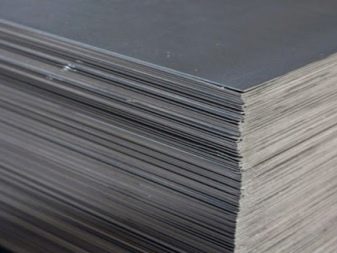
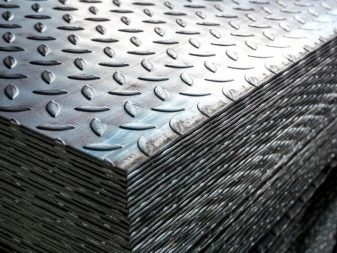
By production method
Accounting for sheet blanks by production method affects only two niches: hot-rolled and cold-rolled sheet blanks. The first is characterized by a rough, rough surface, which makes it possible to produce sheet blanks in large batches without special energy costs, including melting the mined ore into ingots, holding at temperatures exceeding the mark at which the steel remains liquid. In the process of cooking iron, excess gases are removed (burned out) from it: nitrogen, oxygen. The latter removes from steel and other impurities - phosphorus and sulfur, due to which steel becomes much more brittle than in the absence of both phosphorus and sulfur in the alloy. After heat treatment, the steel is cast into an ingot and enters the rolling mill, which, in turn, flattens it into a kind of pancake, then rough trimming of the edges is performed. Thus, the hot rolled sheet is ready for further processing.
Despite further processing, hot-rolled steel, as the cheapest analogue of cold-rolled steel, has found its application in construction. The first thing that comes to mind is, for example, a 2-3 mm thick billet was widely used in the construction of pure steel garages.

In combination with the corner and P-profile, from which the guiding "backbone" of the garage building is constructed, hot-rolled sheets are screwed onto this frame using fixing holes in the corner and in the sheet blanks themselves. But the simplest method is to weld sheets to the corner and P-contour straight ahead, without fasteners
Cold rolled steel goes through two stages of processing: high-precision rolling with the help of rollers that exert significant pressure (a hundred or more atmospheres per square centimeter of sheet surface) and edge trimming of the same accuracy. A non-bent, smooth sheet, for example, made of stainless steel, has an almost perfectly flat surface, does not have roughness and multiple grooves that are easily recognizable on a hot-rolled sheet. The surface of the sheet is so smooth that a roll-formed sheet can be produced from these blanks immediately. Cold-rolled sheets are used for finishing decorative finishing of premises. A typical example is electrical radio measuring laboratories, where shielding from external radiation is used., all kinds of archives and museums with especially valuable things and items of historical value, and more.
A common example is a smooth or profiled sheet in the country with galvanized coating as a fence or roof deck.
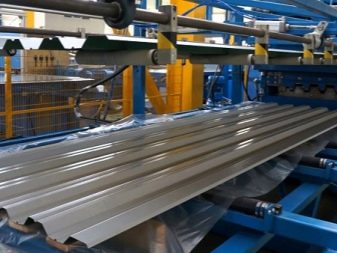
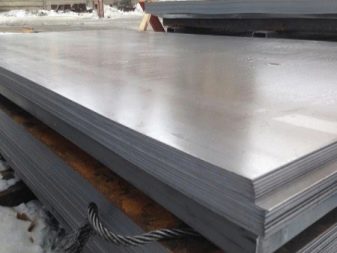
By rolling accuracy
Thickness accuracy is a parameter by which the degree of compliance of the actual thickness value with the nomenclature is monitored. It is determined by the value of the tolerance - the deviation from the thickness specified in accordance with GOST, which cannot be exceeded. Cold-rolled steel in sheets is produced in the following modifications: VT - high-precision sheets, AT - increased accuracy of sheet blanks, BT - basic accuracy of blanks. Hot-rolled sheet steel is produced in two modifications: B - basic accuracy, A - increased.
Flatness
Flatness is a characteristic, according to the criteria of which each point of the surface is in contact with an exemplary workpiece. According to GOST 19904, four degrees of flatness are assessed in the sheet-rolling sphere: ultra-high, moderately high, improved and normal. According to GOST 26877, undulating drops per 1 m2 of the surface of such a sheet should not exceed the level specified in production standards. Laser processing mills, where undercutting and through cutting are performed, the perforation of sheet blanks does not tolerate the slightest irregularities in the sheet. Cold-rolled sheets, even with a uniform impact of the shaft on the hot-rolled billet, lose their shape - the outlines along the edges become uneven.
After giving optimal or maximum flatness, freshly rolled cold-rolled blanks undergo a laser-plasma cutting procedure. The flatness control of the sheet is carried out using the same laser machine turned on in the meter mode: the slightest inhomogeneity during the propagation of an oblique beam (1 degree of inclination relative to the earth's horizon or less) will immediately give out the disturbed flatness.
In accordance with the data obtained after the next pass when the sheet is rolled out, an additional "rolling" is performed, after which the sheet is cut off at the edges in accordance with the dimensional accuracy class (length and width).
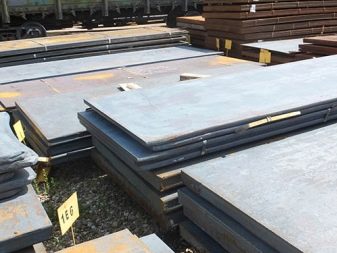
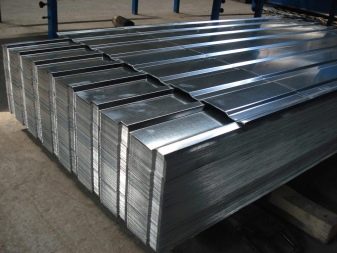
By surface quality
The previous parameter by which the sheets are classified - flatness - takes into account the specific index of unevenness of the sheet. The actual quality of the surface is connected with it - the absence of roughness, "specularity" and smoothness of the workpiece. The use of such sheets is in high-precision equipment for which the quality of work is important.
By the degree of elongation
The degree of elongation of sheet rolling is subdivided into normal and deep. Elongation of the sheet is important in the production of expanded metal blanks, in which it is important to avoid tearing in the mesh structure. If a rupture still occurs, then the workpiece is considered defective and is not allowed to the further, final stage of processing - pressing.
The normal or deep degree of elongation is selected depending on the parameters of the steel alloy, the frequency (number) of notches per square centimeter (or square decimeter), the length of the notch, and so on.
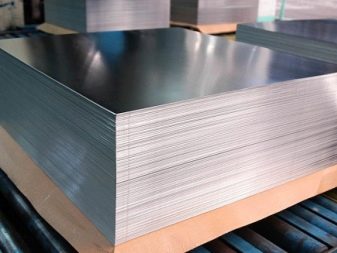
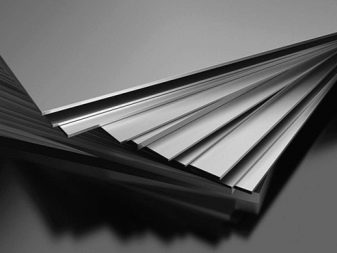
Specifications
The dimensions of a standard sheet metal are 1250x2500, 1000x2000 mm, but there are also other blanks suitable for processing on a sheet bending machine, for example, 6x2 m, 12x2 m. Longer bent profiled sheets are made on special order. Typical thickness of hot-rolled sheet starts from 2 or 3 mm, and dimensions over 12 mm are no longer considered a sheet, but a steel plate. Typical sheet thicknesses are 0.6, 0.7, 0.8, 1, 1.5, 2, 2.5, 3.5, 4, 5, 6, 8 and 10 mm. Steel grade - St3, St4, more flexible sheets are made of steel with ultra-low carbon content - St0 (the amount of carbon by weight is less than 0.01%), St1 and St2.
To give anticorrosive ability, the sheet profile is subjected to additional etching with sulfuric acid with immediate galvanizing. The thickness of galvanized steel can be up to 60 microns, but the typical - for fences, garages and air ducts - is considered to be galvanized with a thickness of 0.03-0.035 mm. The product grade is determined by the grade of steel used as the base and the quality of the coating. "Roof iron" for roofing is additionally covered with a layer of primer and UV-resistant paint - for example, metal tiles can last up to 20 years without shedding the paintwork and peeling galvanized.
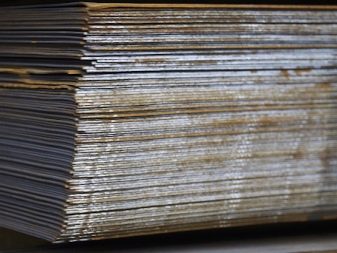

Popular manufacturers
In Russia, metal rolling is mainly carried out by the Ural metallurgical plants, but there are other plants in the same country:
- Moscow "Elektrostal";
- Novolipetsk Metallurgical Combine;
- Pushkin plant for the production of metal products;
- Cherepovets Severstal;
- Izhevsk "IzhStal";
- Novotroitsk Ural Steel;
- Volgograd "Red October";
- Ashinskiy metal plant;
- Yekaterinburg "VIZ-Steel";
- Magnitogorsk Metallurgical Combine;
- Chelyabinsk MK;
- Novosibirsk combine Kuzmin.
Foreign enterprises located in China and the United States, in some European countries, also produce high-quality galvanized and stainless steel sheets that are not inferior in terms of quality to Russian products, but the cost of sheet blanks can differ by 1.5-4 times depending on the distance of the manufacturing plant.
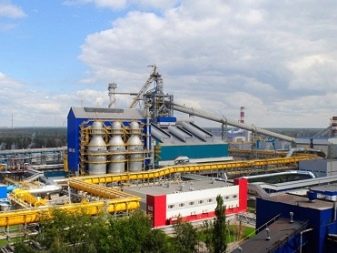
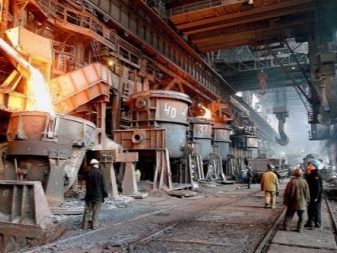
Application and storage
For the fence and the roof, sheet blanks are suitable, which reach a thickness of no more than 2 mm. It is impractical to use thicker steel as a corrugated board or completely straight lining sheets - a reinforcing lattice structure comes to replace the fence corrugated board. It is advisable to use sheet steel with a thickness of up to 3 mm as lining outer and inner edges for gates and doors.
Loading and transportation, lifting with a truck crane or stacker is carried out in accordance with the following rules.
- In order to avoid bending of the profiled sheet, loading and transferring is carried out at least in stacks of 10 pieces each.
- Removing the workpieces from the pile, as well as laying them one by one by hand, is carried out by workers in gloves made of coarse and dense fabric. Slip of sheets over each other is not allowed - the galvanized coating can be removed completely. If the sheet is not galvanized and painted, then the prohibition on slipping of the blanks over each other may not be respected.
Storage of flat rolled products is not allowed in an open area. This does not apply to stainless steel sheets - they can lie under the open sky for decades without undergoing any corrosion, since stainless steel is not afraid of water.
Galvanized and painted profiled steel in sheets is stored in ventilated covered warehouses.
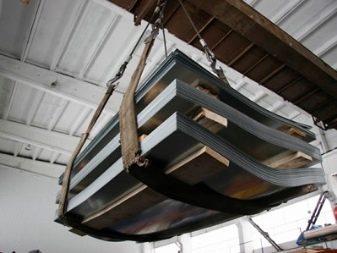
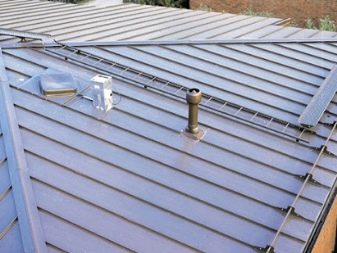













The comment was sent successfully.